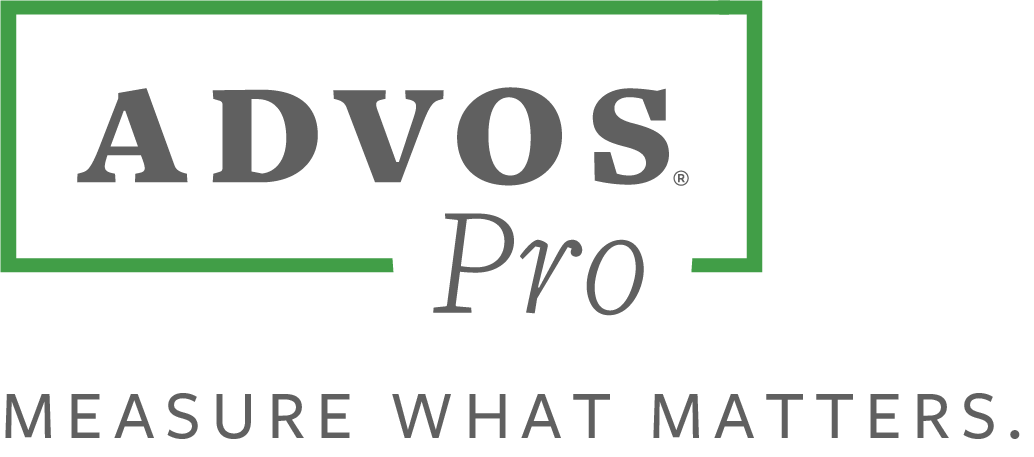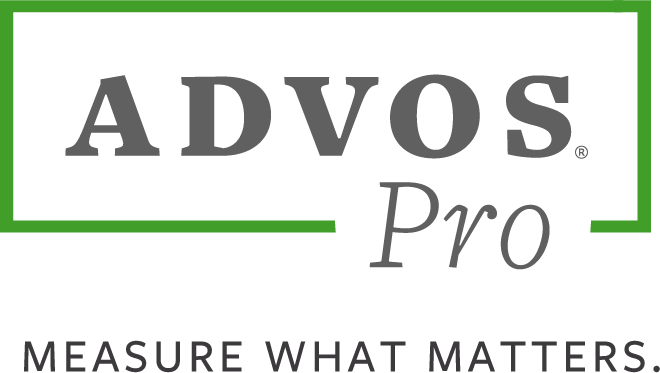
People Are The Hardest Part
In the last few weeks, we have had lots of conversation with our Accelerator members about challenges around staffing – recruiting & hiring, performance management, division of labor, firing, and all of the micro-challenges in between. If you’re a solo lawyer or small firm owner facing similar challenges, I can tell you this: you’re in good company!
One thing we’ve noticed is that the staffing conversation often centers around “symptoms”. For instance, an employee who isn’t quite hitting the mark – maybe they are great at part of the job but drop the ball on the rest of the role, or their production is not meeting the firm’s profitability standard. Or maybe it’s a particular type of work that the firm owner has tried to delegate to someone else, but the folks on the team lack the appropriate skill set. Whatever the symptoms you’re experiencing around staffing, we know they pretty universally feel heavier than a lot of other business issues. It’s people and relationships, and when it’s not working well there’s a lot of friction involved.
I’ve said it before, and I’ll say it again. It doesn’t matter what business you’re in, people are the hardest part.
Good news, though – the “people” part of your practice can also be one of the BEST parts, if you can step back and give it the time and attention necessary to be sure your people are aligned with the goals and business model that support your PROmance.
There are lots of aspects to consider in developing a Thriving Team, but at a high level, the following framework is a great place to start. If you’re experiencing some of the symptoms outlined above, this approach can help you identify the root cause and address it in a productive way. I promise the effort here will be worthwhile.
Whether your team is just you, or you’re working in the midst of a hive, we firmly believe that a Thriving Team is a critical pillar of the PROmance. So, let’s dive in!
First, clarify your expectations.
Whether you’re thinking about hiring for a new role, or addressing a performance issue with an existing team member, it’s critical that you are clear about your expectations for the role. At a high level, you need to answer, in writing (both to force clarity, and so you can later come back to reference), the following questions:
– What is the ultimate objective that the role supports? (Pressure test: does that objective support the “why” behind your PROmance? The answer here might be more qualitative than quantitative, but that’s ok. This one is more about alignment to the big picture.)
– What are the real results you expect this role to deliver? (These should be tangible, measurable outcomes that derive from the actions of this role, even if they’re not completely within the control of the person in the role.)
– What are the key actions / responsibilities of the role? (These should be very tangible, measurable, and within the control of the person in the role.)
– What soft skills, personality traits, and behaviors are critical for success in the role (and the opposite – which ones are the kiss of death)?
You’ll also want to take the opportunity to consider whether your expectations can be filled by a single role, or if it’s more appropriately handled in two or more roles (even if part time). Of course, it’s also worth considering whether the perceived gap actually needs to be addressed by a human at all, particularly in the age of technology.
Second, what kind of role is it?
In some cases, you might find that the traditional, full-time employee is the right answer. But could you be better served by outsourcing a function to a third party who has made that function their sole focus (an outsourced CFO, a marketing team, an answering service, or tech support)? Would one or more part-time employees with different skill sets or windows of availability be the best way to handle a varied set of needs? Does your solution depend on the person being in-person at your office, or even in your time zone? How much does the work need to sync up with your brand and culture?
Often, a variety of approaches can make sense for different roles within a firm. For example, your firm might look like this:
– Full time lawyers (employees)
– Part time lawyers (employees) to handle recurring or routine matters that are not time-sensitive and do not require significant client communication
– Outsourced / subcontracted lawyers (service provider) for overflow or specialty work
– Full time paralegal (employee)
– Part time paralegals (employee)
– Part time admin support (employee)
– Outsourced CFO and bookkeeping (service provider)
– Outsourced phone answering service (service provider)
Third, how will you manage it?
Even the best employees and service providers need to report to someone – and they need to know both how they’re being measured and how they will give and receive feedback on their performance. When people don’t know the answers to those two items, things get sideways VERY quickly.
Looking back to your work to clarify the expectations for the role, make a plan for how you’ll track and report on performance vs the goal for the role, and set a cadence for regular check ins. For employees, we often recommend bi-weekly, on the same day and time for each meeting, and they can be quick (15 minutes is great; and here’s a great reference point). That cadence allows you to course-correct if anything is even a little off track (before it becomes a major issue), and gives the employee enough time between check ins to make a measurable difference in results once they’ve made any adjustments. And since the meetings are a regular occurrence, neither party has the emotional and mental build-up that happens around annual performance reviews – it’s not a big event, just a collaborative chat to be sure everyone is delivering at their best for each other and the firm.
Fourth, communication, collaboration and candor (on repeat!).
It’s tremendous that you’ve done the work to be clear about expectations, the type of role, and how you’ll manage it. None of that matters, though, until you actually communicate it with the person who is (or will be) in that role. (Whomp, whomp.)
And once you think you’ve communicated, do it again – differently (or have the person restate it back to you), to confirm your message was clearly received. More often than not, you’ll find that communication really requires two-way conversation (rather than just statements) in order to be effective.
From there, you want to establish a tone of collaboration and candor – and re-communication. You and the employee / service provider need to know that you each have license to ask questions, talk about friction points or areas of concern, and that you are both “in it to win it,” working together toward the goal. Surfacing issues in this context isn’t about being punitive, but about giving everyone the information they need to deliver their best work.
Sometimes that means the employee needs to adjust, and sometimes it means the manager or role will adjust. Other times, it means you both realize the person and the role weren’t meant for each other, and it’s time to part ways. All of those conversations can be had with really healthy outcomes, though, when candor and collaboration are at their heart. In the words of Peggy Noonan, “Candor is a compliment; it implies equality. It’s how true friends talk.” Substitute “friends” for “teammates” here, and you’ve got a recipe for success.
If you want to be sure everyone stays well aligned, clear about how things are going, and on track for success, you need the communication, collaboration and candor on repeat. Like the old saw about voting in Chicago – it all has to happen early and often.
Set the Tone for a Thriving Team.
Using this framework, you’ll be well on your way to ensuring that your team, however large or small, isn’t just showing up and collecting a paycheck, but instead is a #ThrivingTeam – powering you toward your #PROmance in a big way.
We’d love to hear how this framework works for you, and what other challenges you face in the Thriving Team pillar! Drop us a line, or reach out to let us know – and if you’d appreciate the support and camaraderie of other solos and small firm owners who face the same challenges as you, we’d be delighted to have you join us in the ADVOSphere, our free community space. Click here for an invite, and we’ll see you there!
To your PROmance!
Whit




